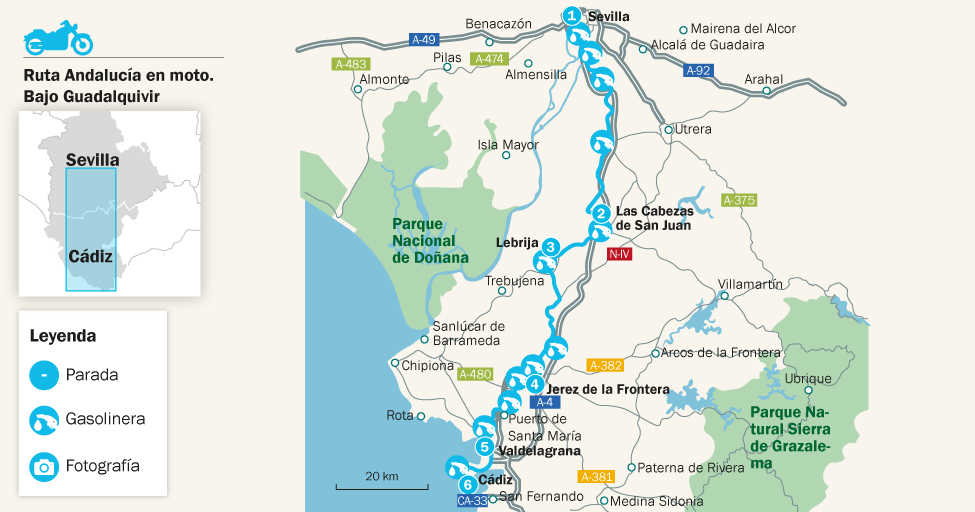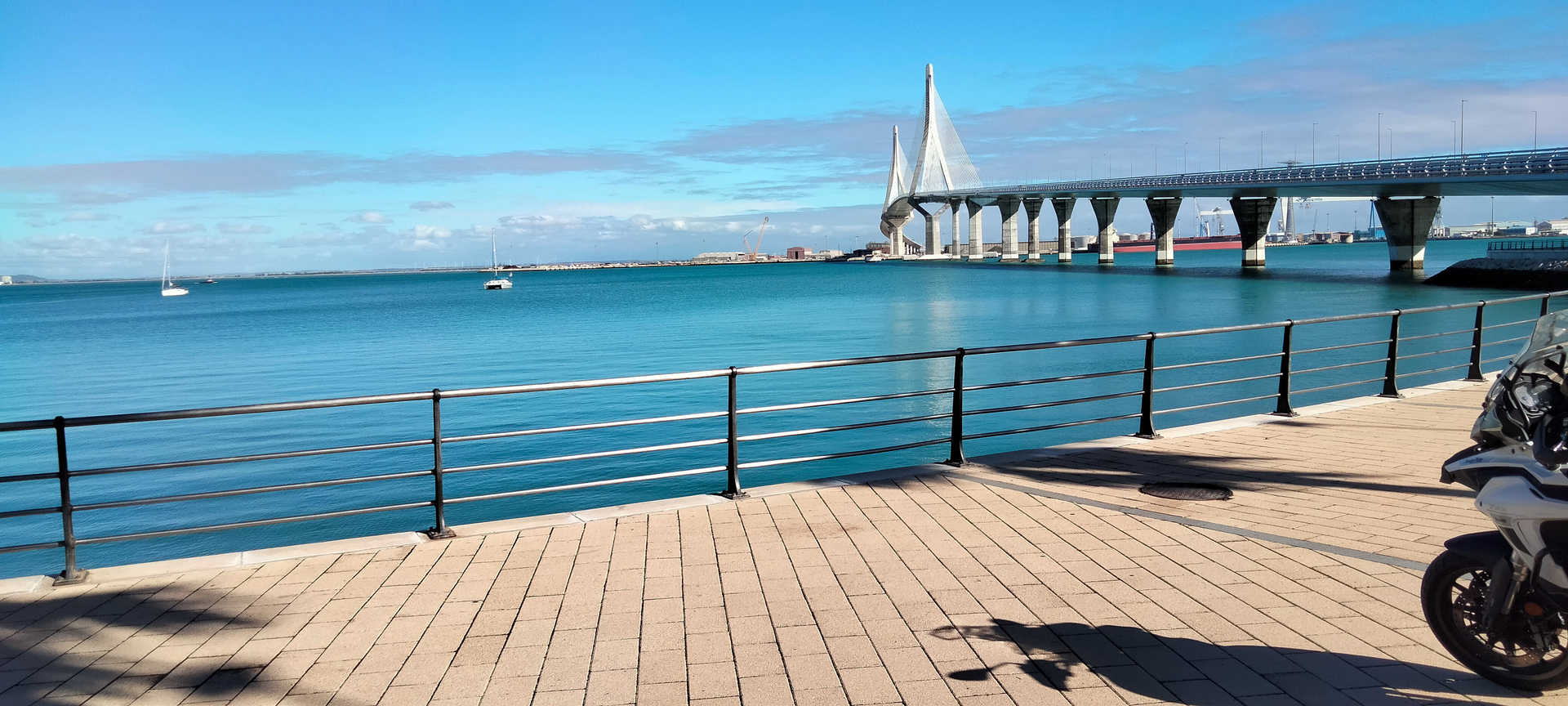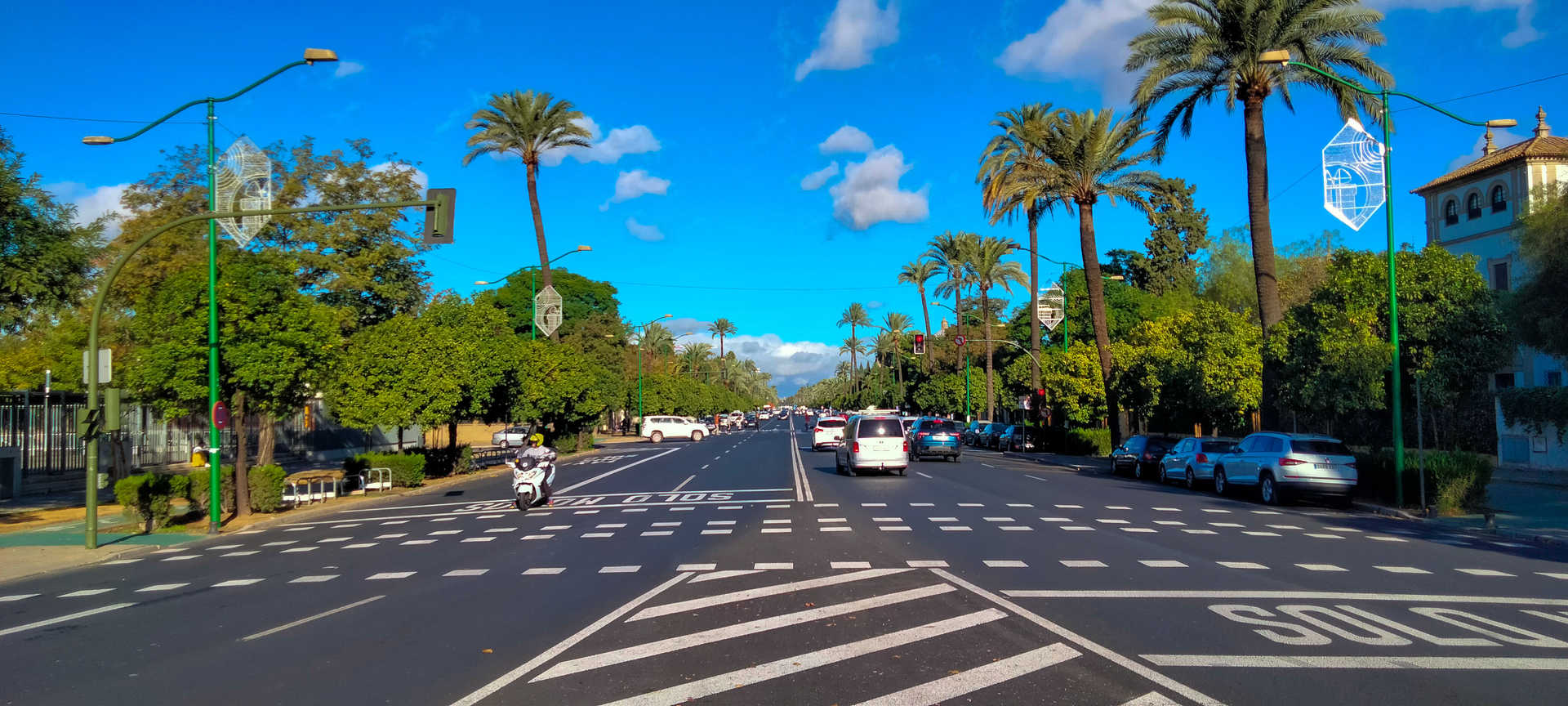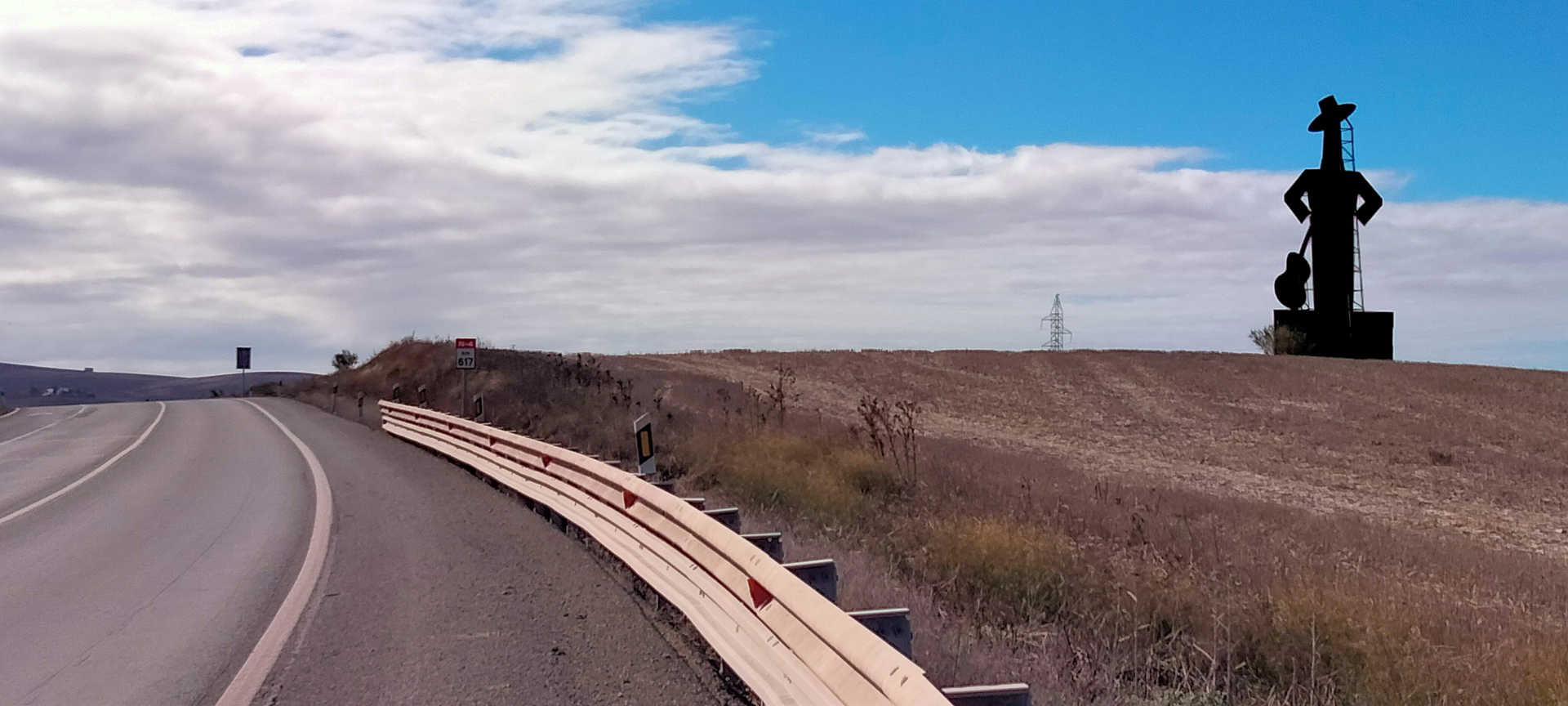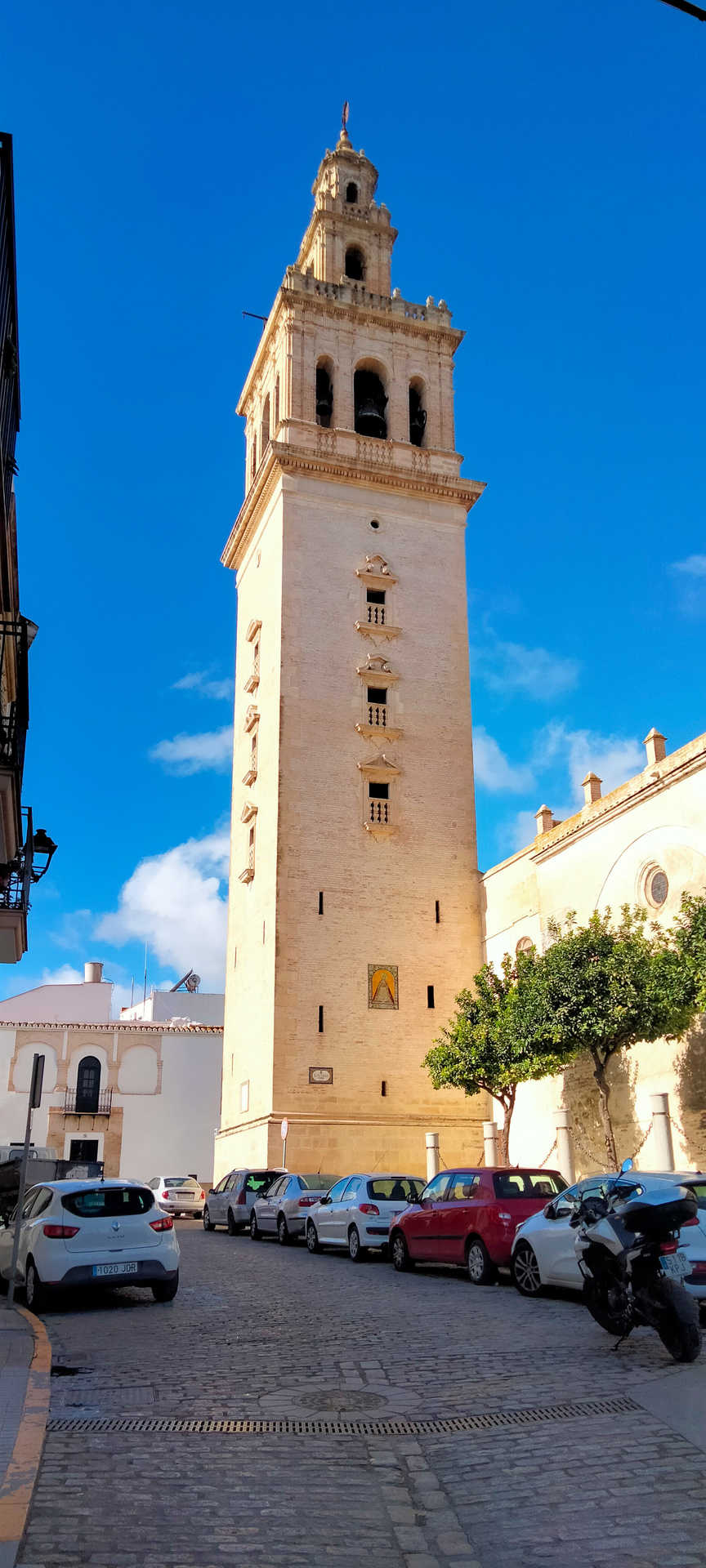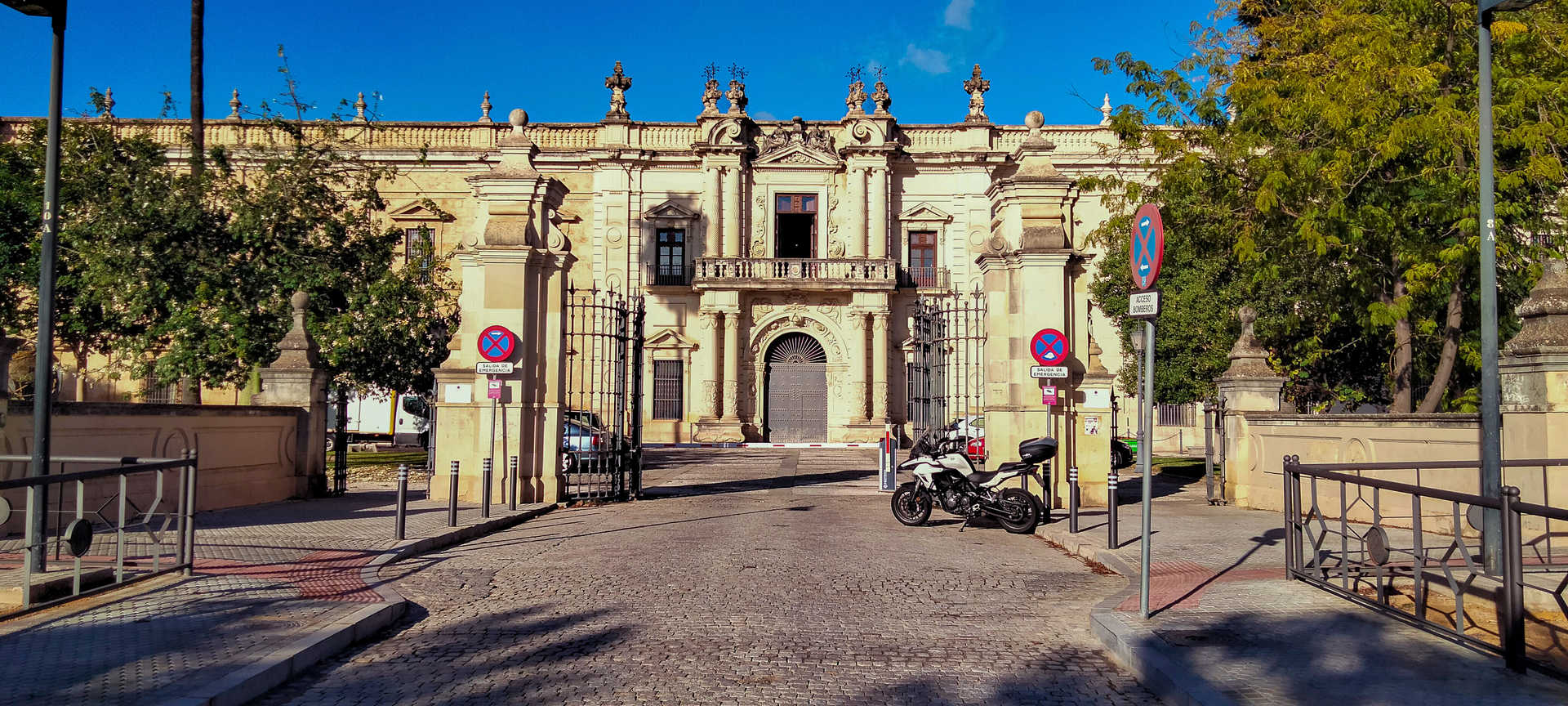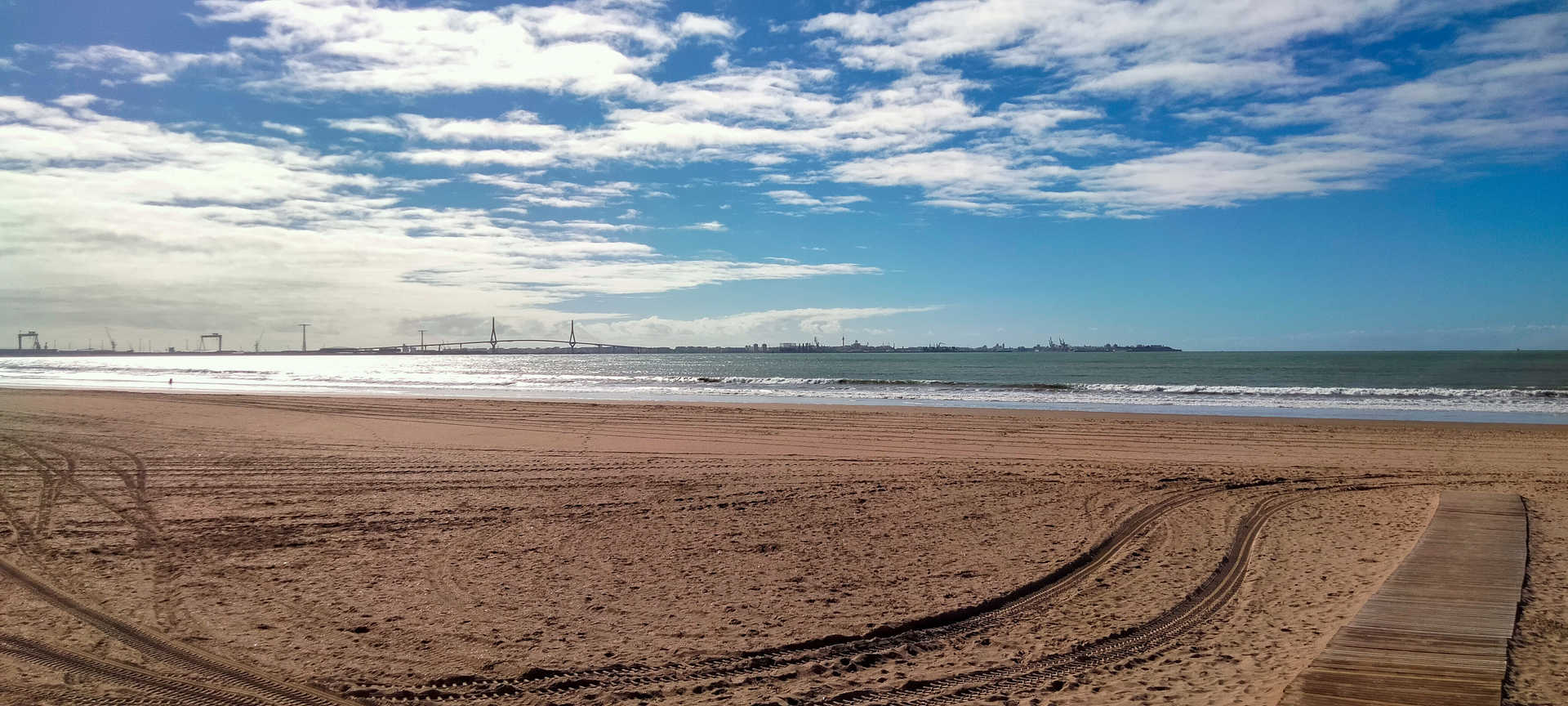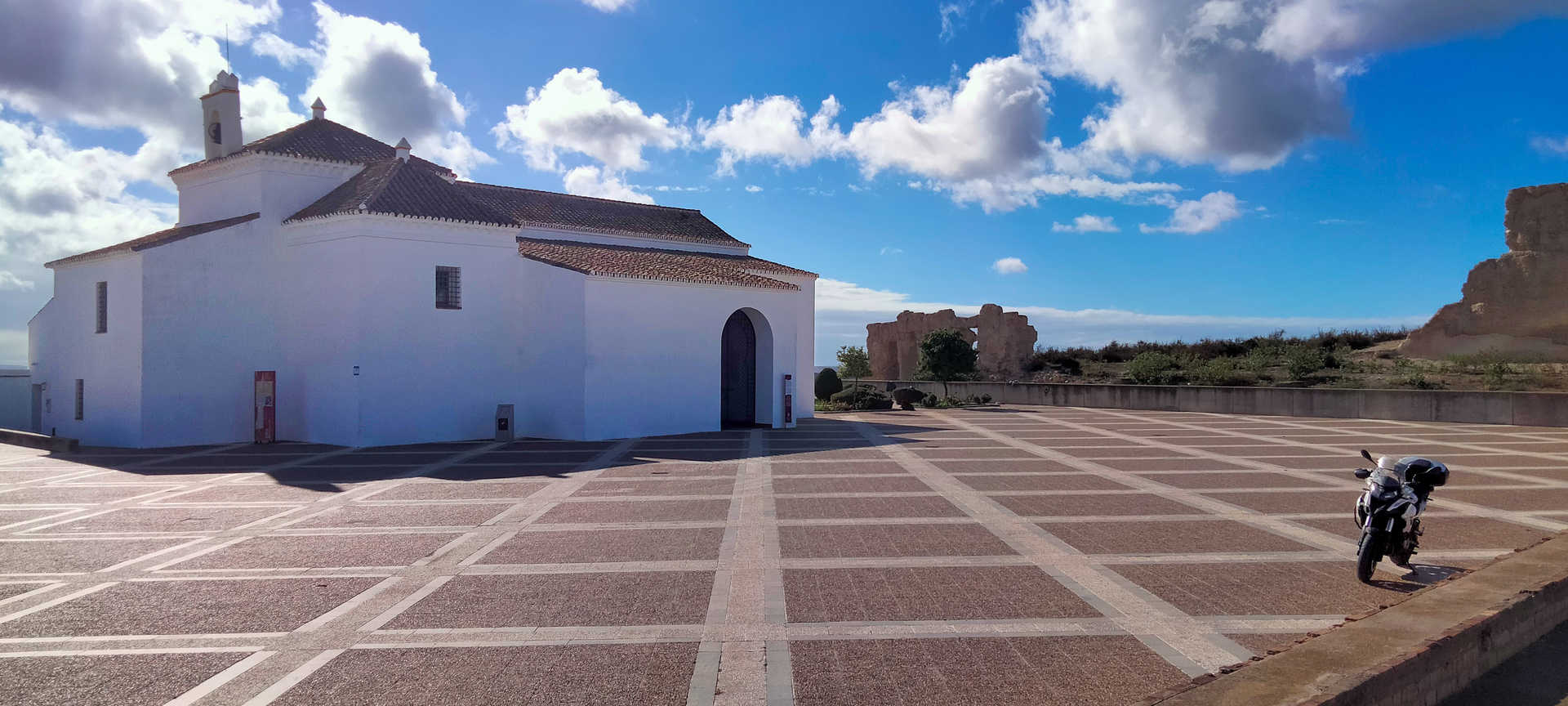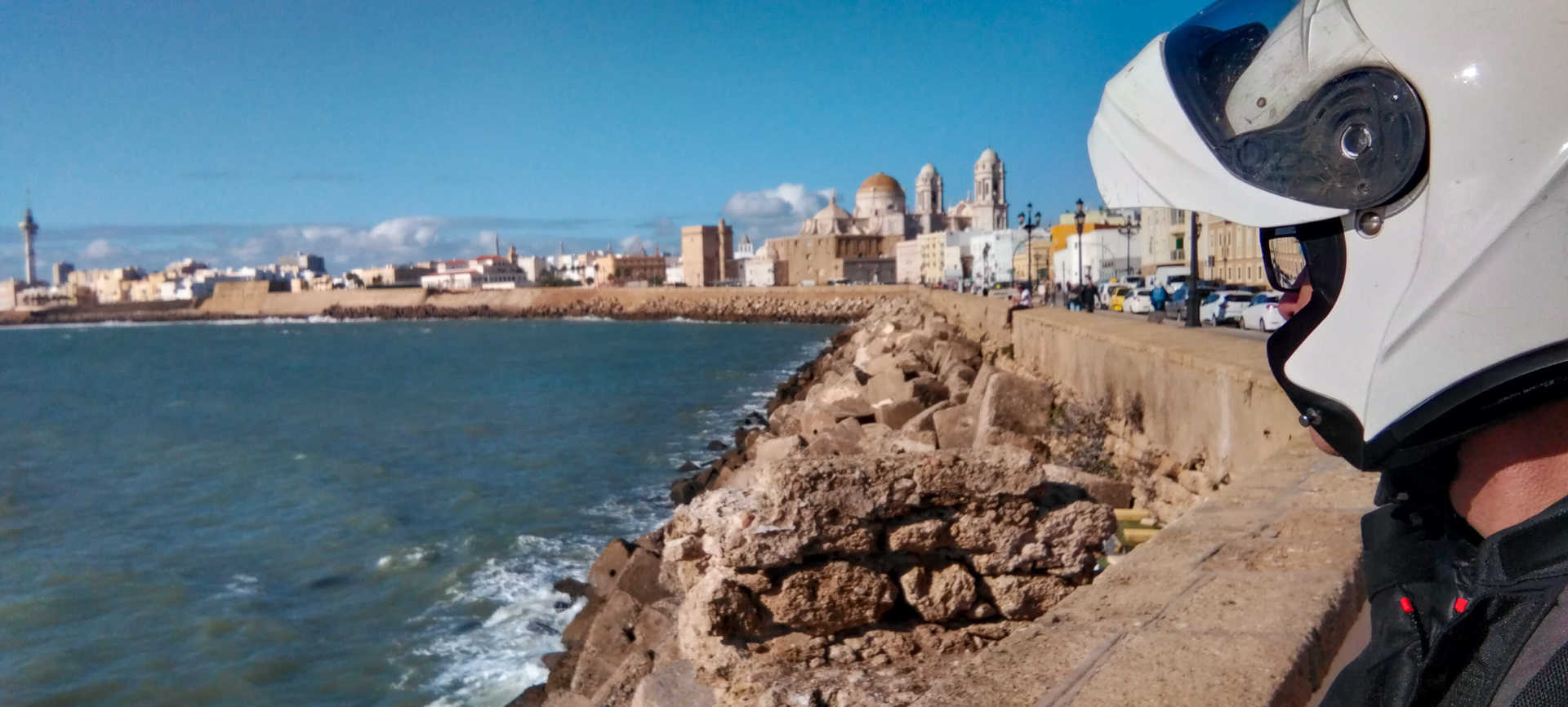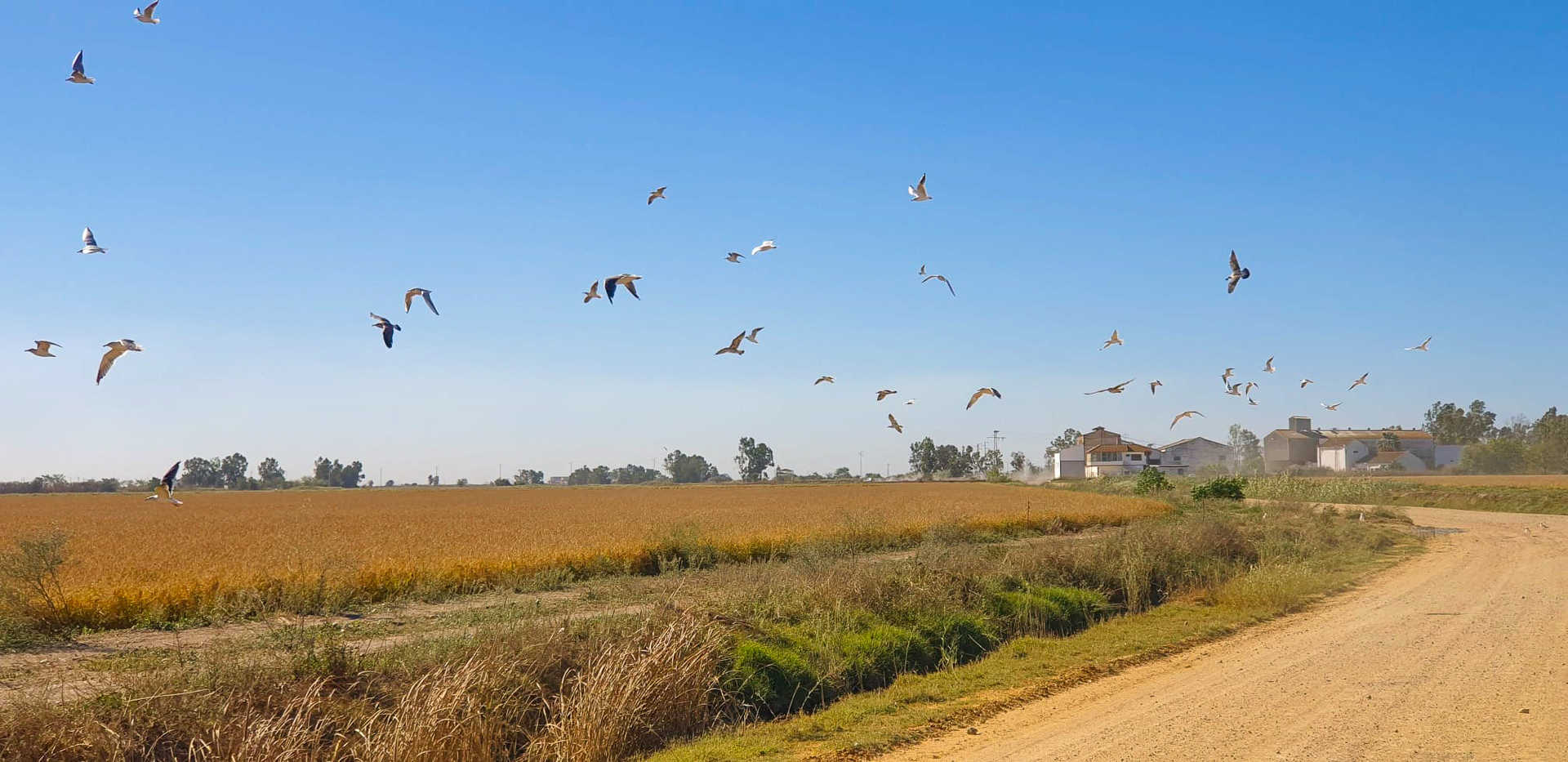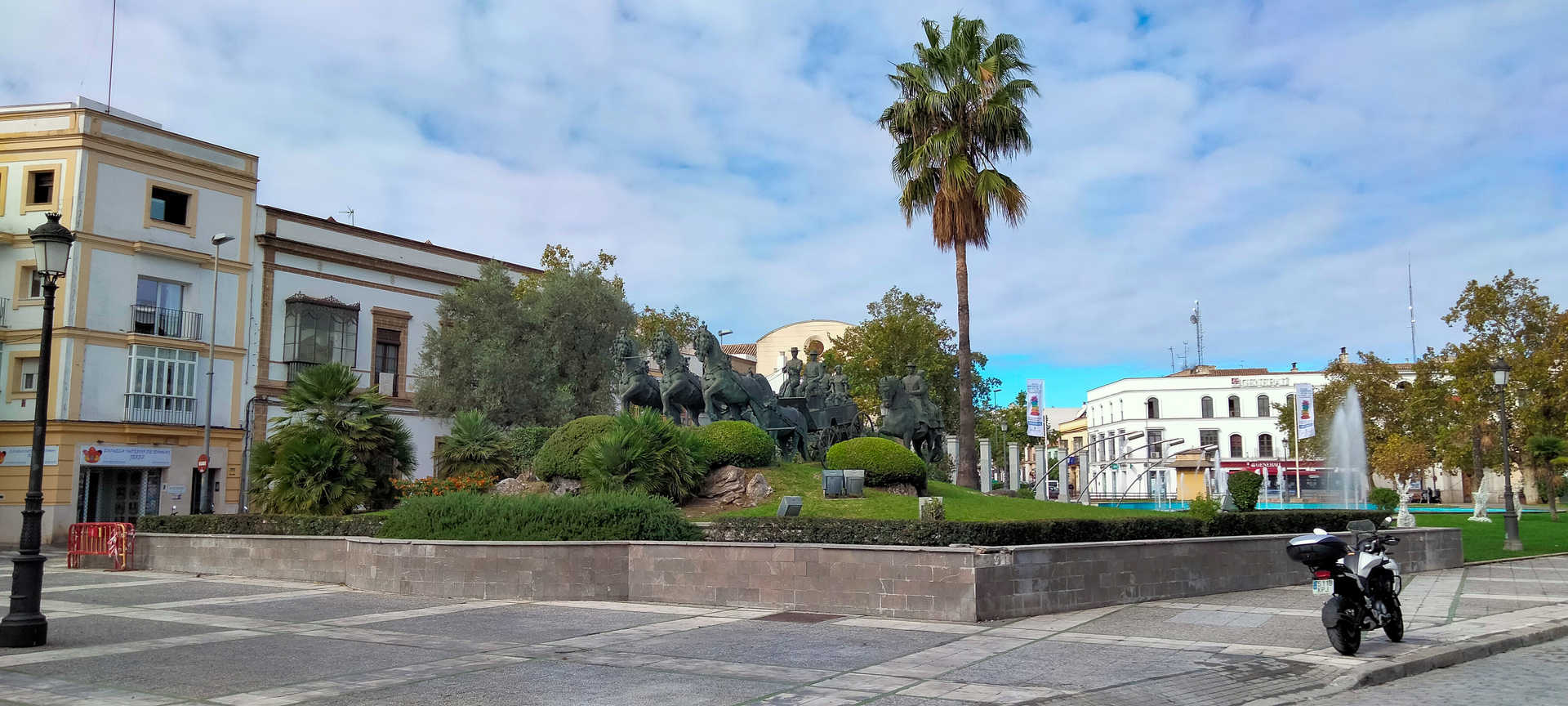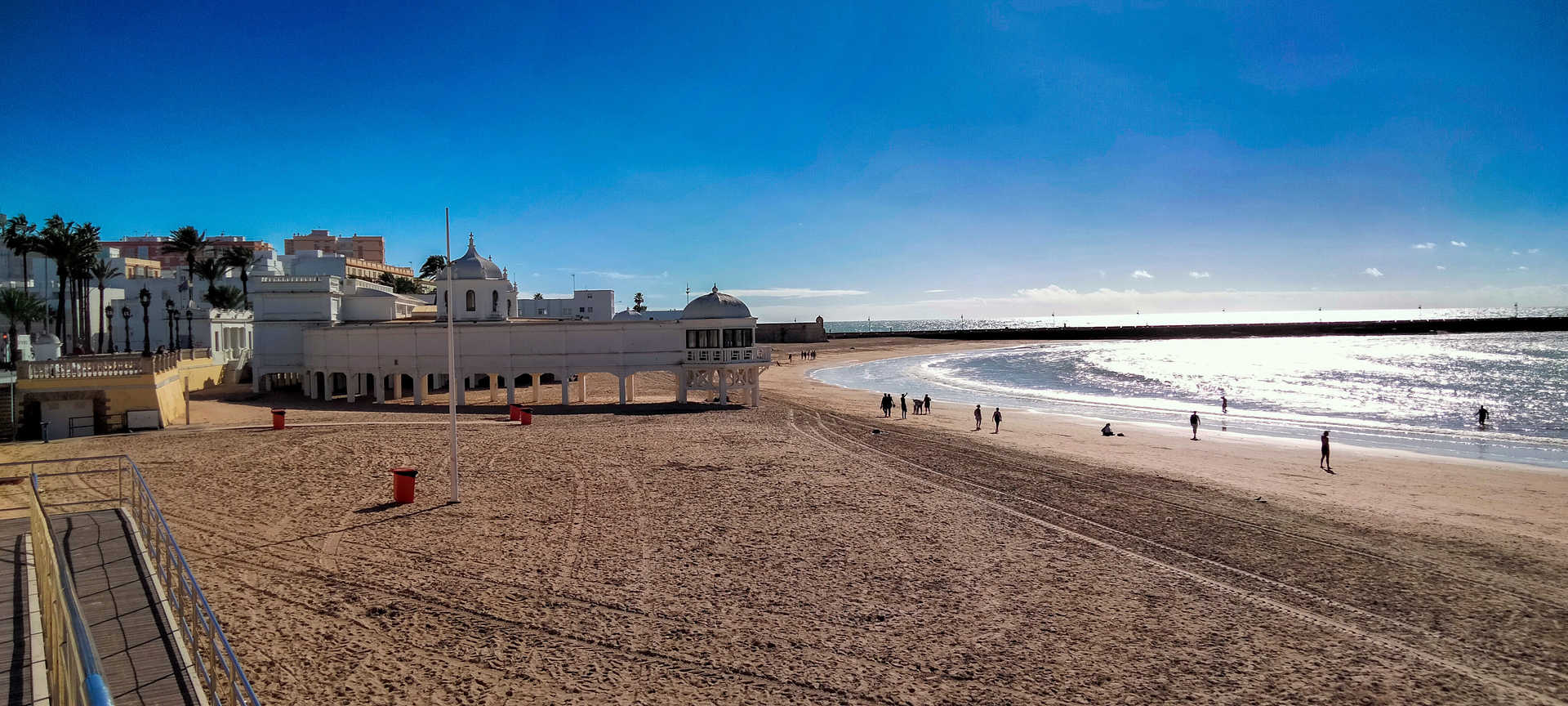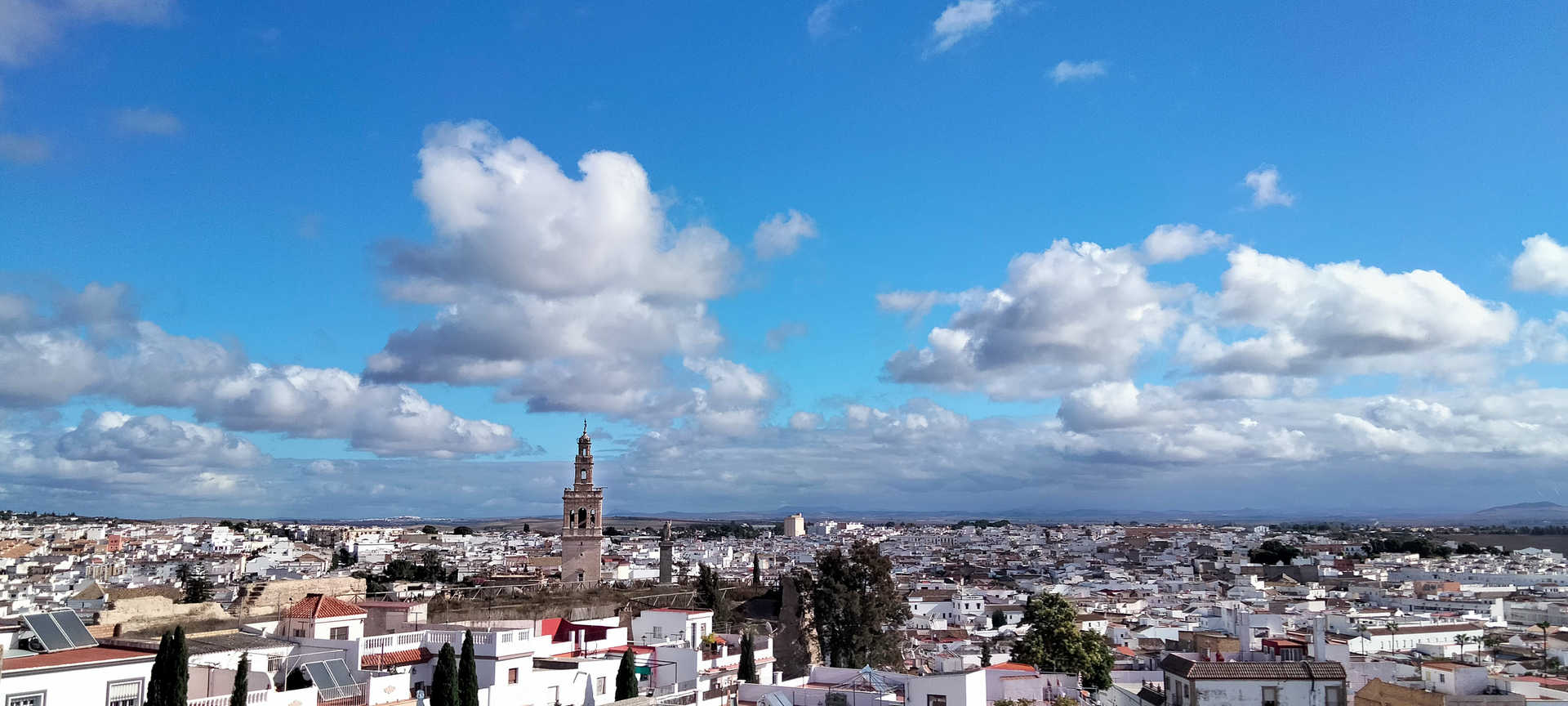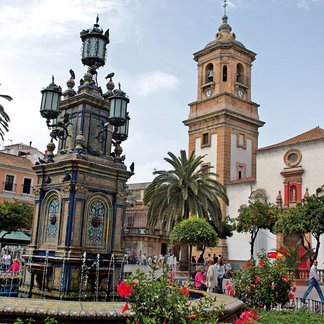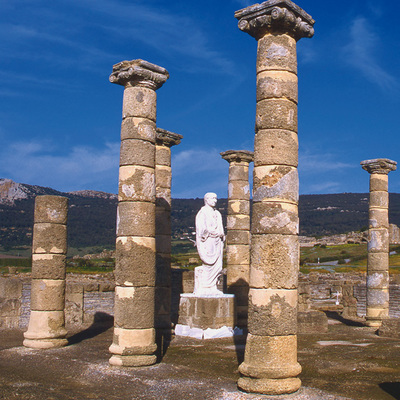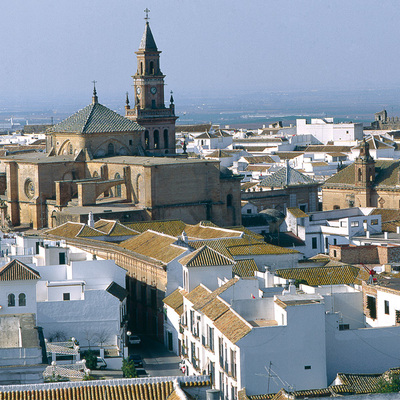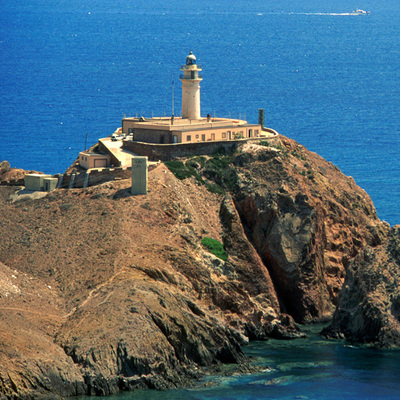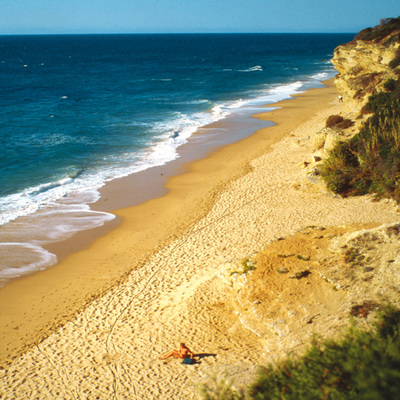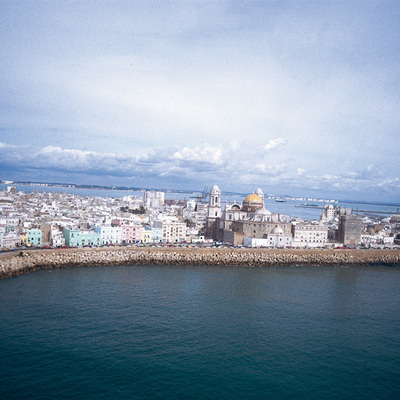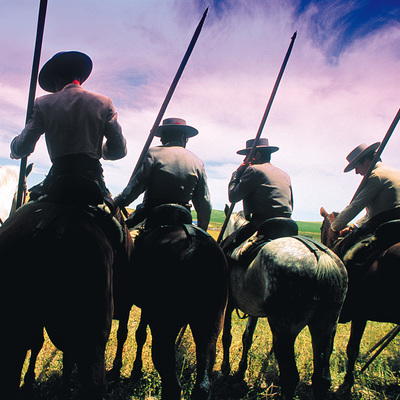Bajo Guadalquivir route
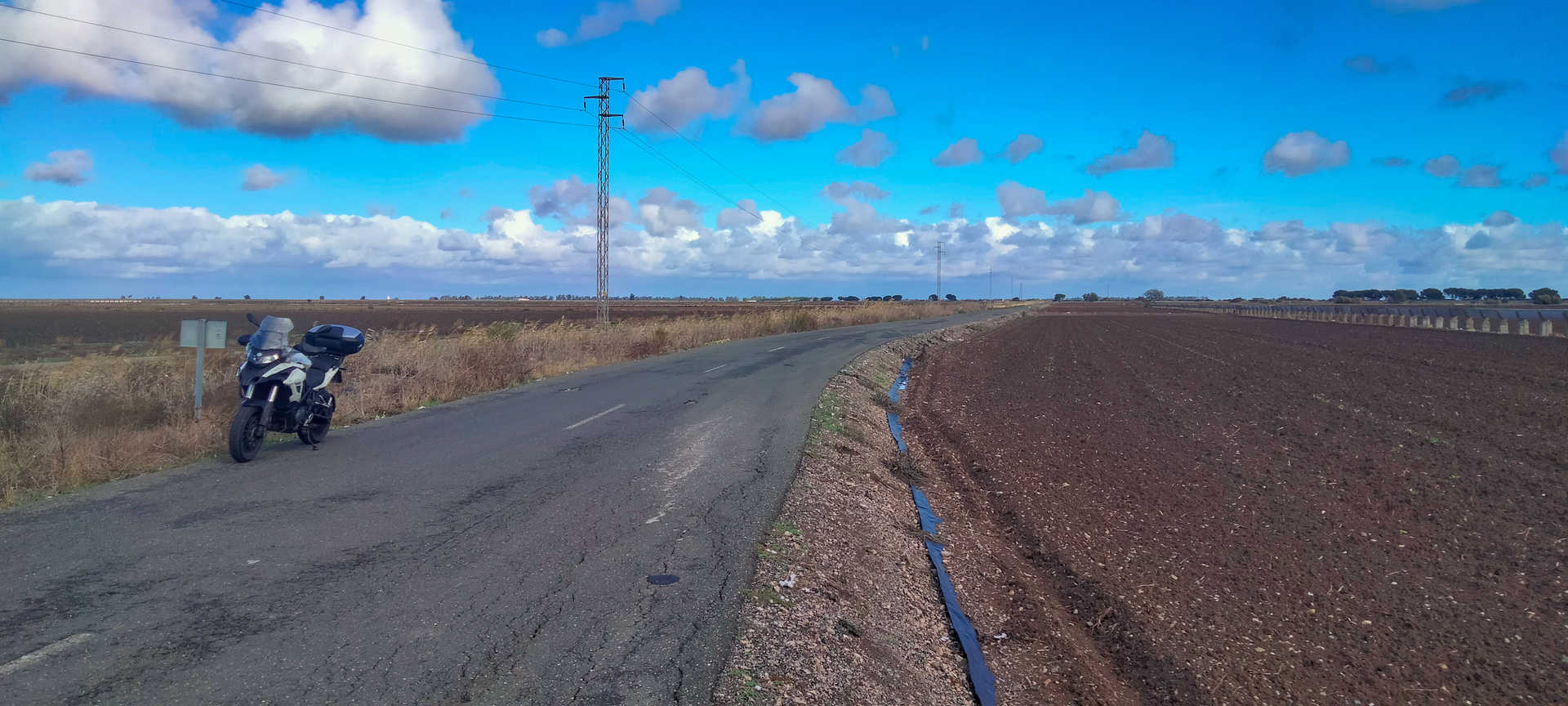
On this electric motorbike route you will ride on the road that connects two evocative Andalusian capitals that were ports of departure to the Americas, which, as such, have marked its monuments and idiosyncrasy. And you will do this without emitting emissions, helping to maintain the delicate balance that links us with our environment, a natural setting that stretches over the immense horizon of the lower Guadalquivir. A relaxing and pleasant route that runs through open country and visits agricultural villages and cities steeped in history. A journey from the interior to discover its origins in the open ocean, in the always shimmering city of Cadiz.
On route
Structured around the River Guadalquivir, the route commences in the iconic city of Seville (stop 1), which is brimming with monumental buildings and gardens. That bids us farewell amidst slender palm trees and the scent of orange blossom. After Dos Hermanas you will enter the open fields that accompany you throughout the route. You then ride along the wide, modern Southern highway to Los Palacios y Villafranca, where you leave the road and go through the town, enjoying its well-tended streets. You then take a narrow, straight, lonely, bumpy road, which meanders through endless rice fields recalling the lacustrine origins of these lands, which were under the waters of the Lacus Ligustinus in Roman times. If you are lucky, you will pass flocks of flamingos feeding in the marshes surrounding the colonies of El Trobal and Vetaherrado.
You arrive at Las Cabezas de San Juan (stop 2), a splendid white village perched gracefully on a hill, overlooking the vast plain. From this point on, the road widens and the traffic becomes heaver. It will lead you to Lebrija (stop 3), which is also notable as a hillock on the marshy plain. The homeland of the humanist Antonio de Lebrija, a mythical city founded by the god Bacchus, its farmsteads extend around its castle and Phoenician lighthouse, which provided light and guidance to the Tartessians and Punics at the beginning of time. The number of illustrious buildings in the historic centre is daunting, but, even so, Lebrija is a friendly, quiet, generous town, with deep agricultural roots.
You then continue along wide, straight roads, which are typical of the Bajo Guadalquivir plain, to El Cuervo. There, take the broad and clear national road IV to enter the province of Cadiz. Fields of cotton and cereal and vineyards will escort you to the stately Jerez de la Frontera (stop 4). The nerve centre of horses, wine and flamenco, it is also the motorcycling hub. It is a good place to stop and sample its gastronomy, or archaeogastronomy, since some daredevils are trying to revive the products and production techniques of the Roman period. Characterised by its emphasis on tapas culture, it has dishes as succulent as chicharrones (pork rinds), ajo caliente or ajo campero (bread mashed with tomatoes, garlic and olive oil), Jerez collard greens, oxtail, kidneys in sherry, papas aliñas (Andalusian-style potatoes in sauce), artichokes and Spanish oyster thistle, although its stews and gazpachos (cold tomato soup) should not be overlooked. In terms of desserts, it is the birthplace of tocino de cielo (custard desset), which has been produced since the 14th century and is linked to its important wine industry (wine clarification). One must not forget that Jerez is the capital of the El Marco de Jerez Protected Designation of Origin region, so you cannot leave the city without visiting a solera bodega or sampling a wild grape juice in a tabanco (a sherry bar) while listening to a palo flamenco (a kind of flamenco music).
After touring the historic centre, most of which is classified as a Historic-Artistic Site, head for the bodegas in El Puerto de Santa María. You will be struck by the view of the Bay of Cadiz and the marshes in the natural park, a place with a long history of salt production and the most modern estuary fishing. The splendid beach of Valdelagrana (stop 5) is well worth visiting. Overlooking the bay, you cross it via the modern 1812 Constitution Bridge, taking care due to the strong and frequent winds. In silence, and almost as the crow flies, you will arrive at the fascinating, three-thousand-year-old city of Cadiz (stop 6).
#catedralnueva selfie spot
Santa Cruz Cathedral, also called Santa Cruz over the Sea, although the people of Cadiz call it the New Cathedral in contrast to the Old Cathedral (church of Santa Cruz). It was built in the 18th and 19th centuries. Its distinctive domes have made it one of the symbols of Cadiz. From its Clock or Levante tower, you can admire an impressive panoramic view of the central district of El Pópulo, the Atlantic Ocean and the city’s port.

